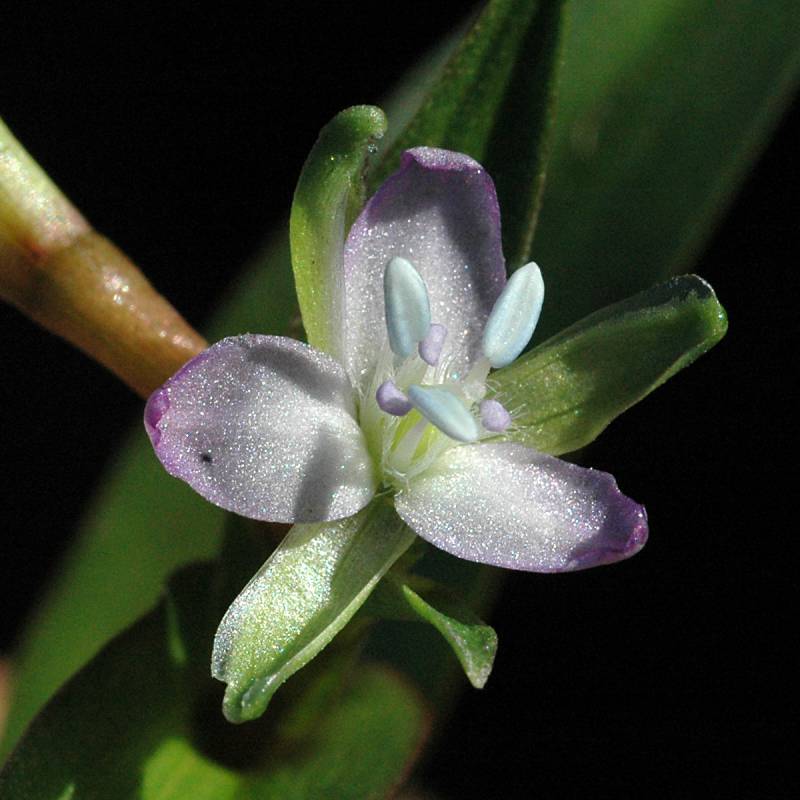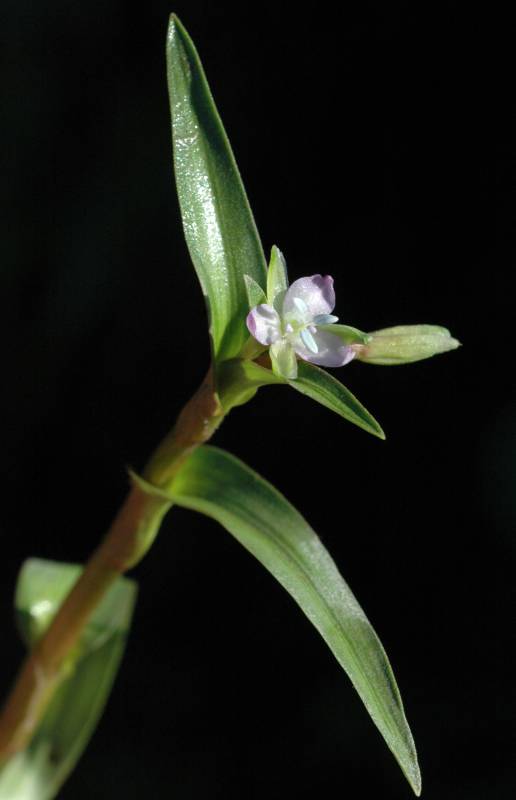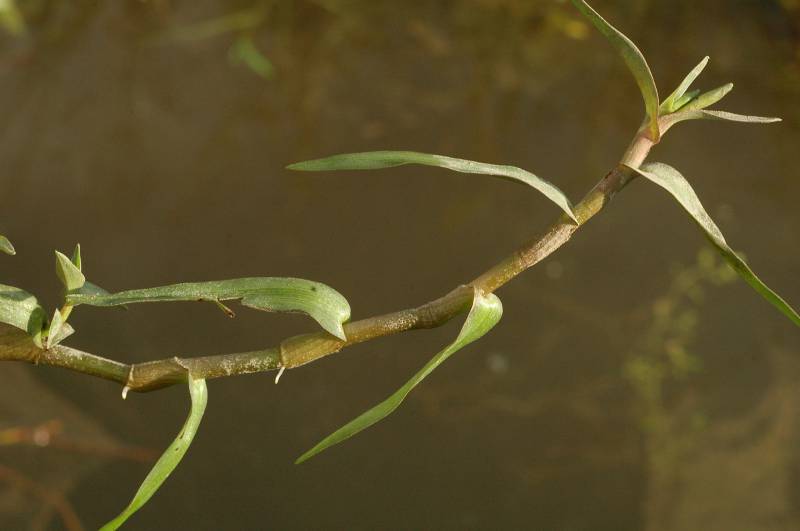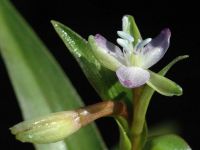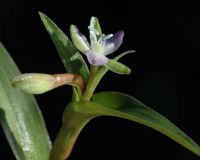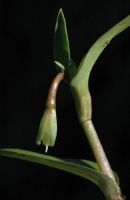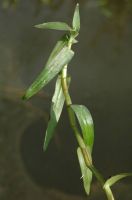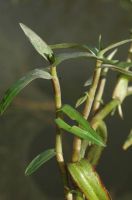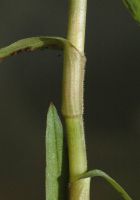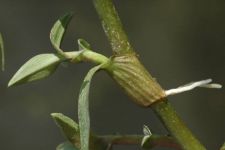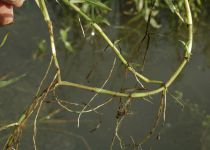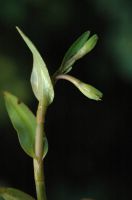Distribution: Occurring west of the Cascades crest in the Lower Columbia River corridor in Washington; southwestern Washington and adjacent northwestern Oregon; also in southeastern United States.
Habitat: Ditches, swales and swamps, often in water.
Flowers: August-October
Origin: Introduced from Asia
Growth Duration: Perennial
Conservation Status: Not of concern
Pollination: Bees, flies
Annual herbs with long-trailing, decumbent shoots.
Leaves alternate, sessile, the blades linear-oblong to linear-lanceolate, 1.5-7 cm. long and 0.2-1 cm. wide, glabrous.
Inflorescences terminal and in upper leaf axils, of 1-several, 1-flowered cymes, solitary or in fascicles; flowers perfect, radially symmetrical, 1 cm. wide; sepals 3, distinct, subequal, 5-6 mm. long; petals 3, lilac to purple or pink or white, 5-8 mm. long; fertile stamens 3, the filaments bearded; sterile stamens 3.
Capsules 5-9 mm. long.
Publication: Symb. Sin. 7: 1243. 1936.
PNW Herbaria: Specimen records of Murdannia keisak in the Consortium of Pacific Northwest Herbaria database
WA Flora Checklist: Murdannia keisak checklist entry
OregonFlora: Murdannia keisak information
E-Flora BC: Murdannia keisak atlas page
CalPhotos: Murdannia keisak photos

